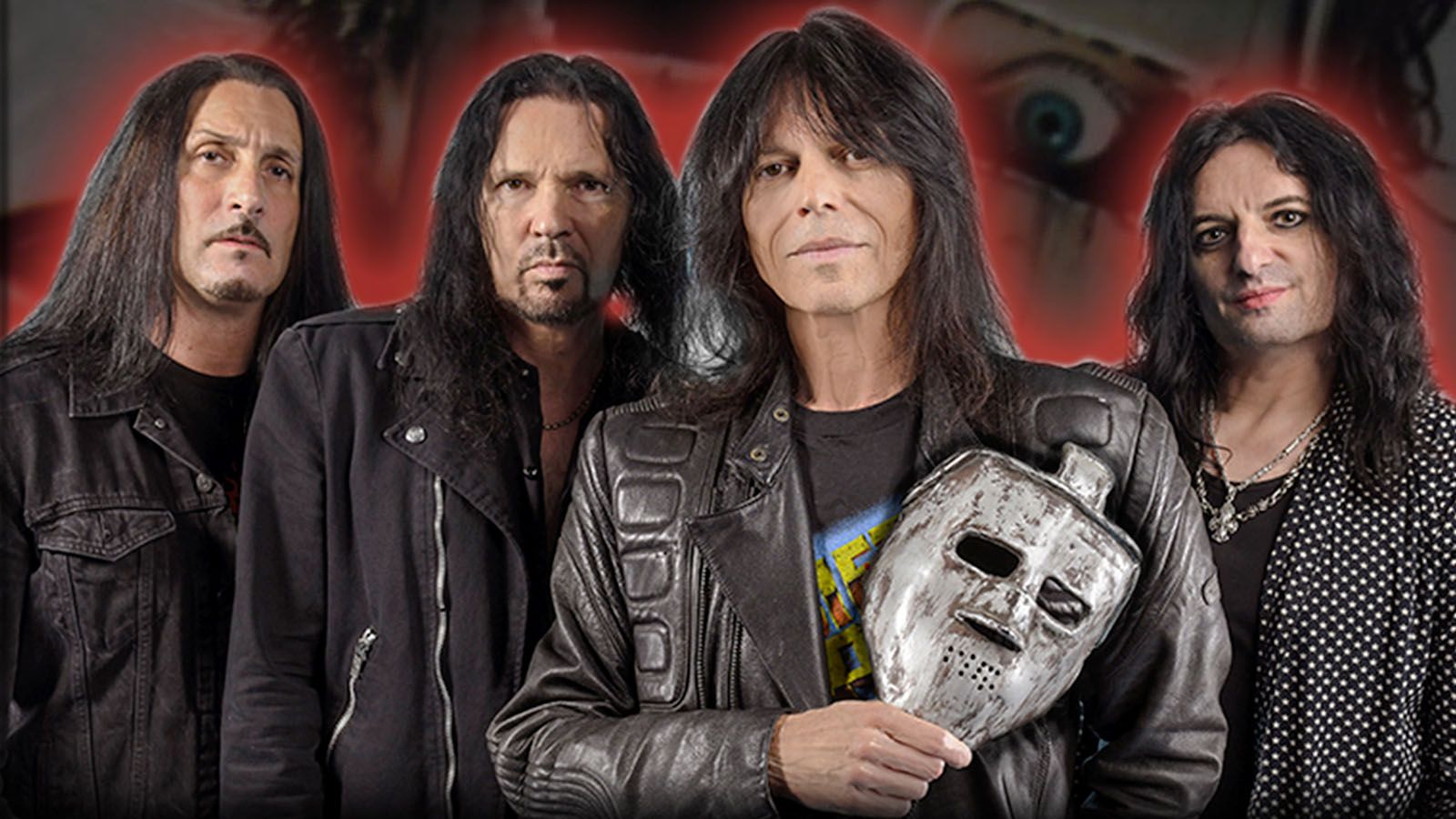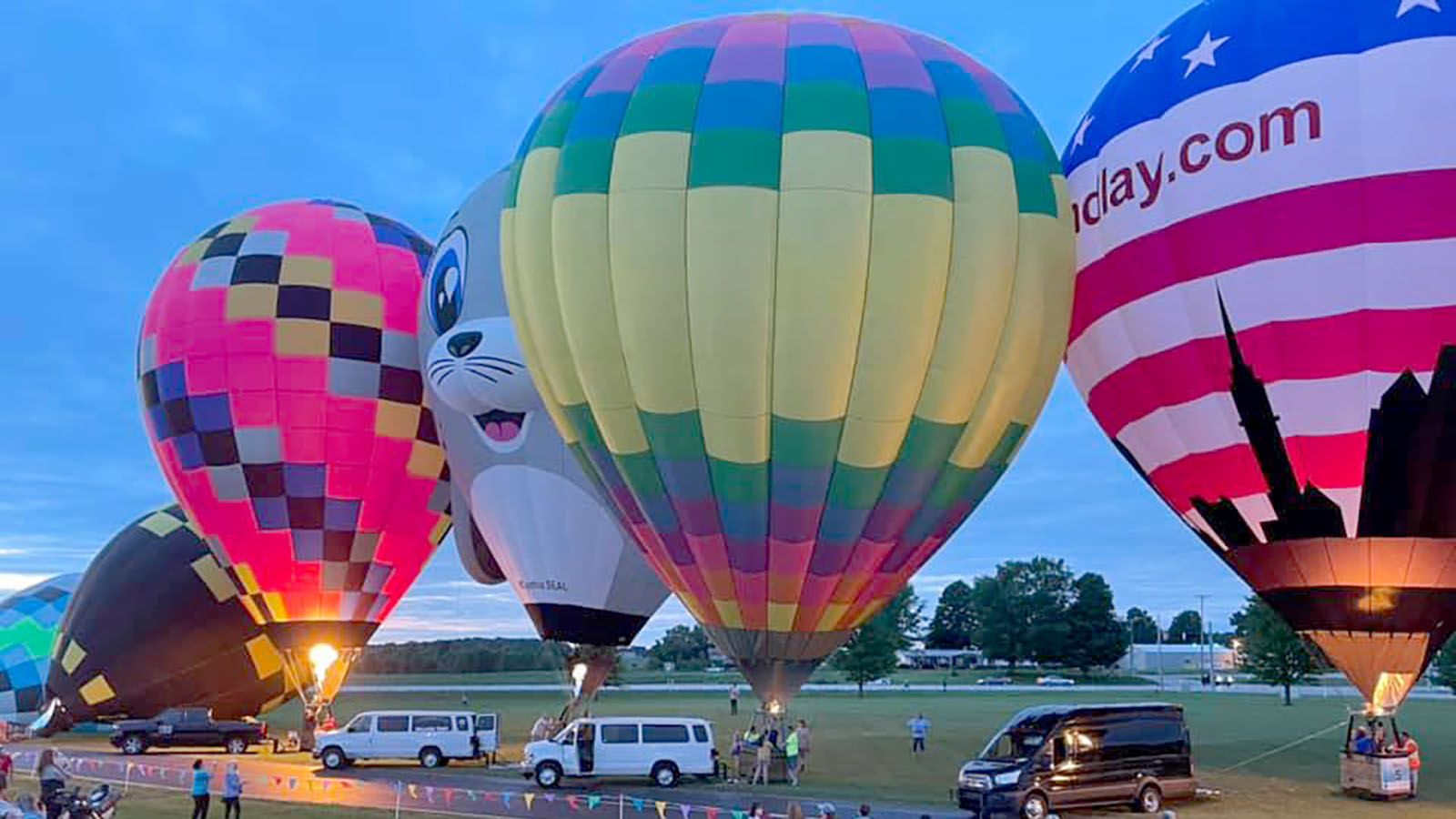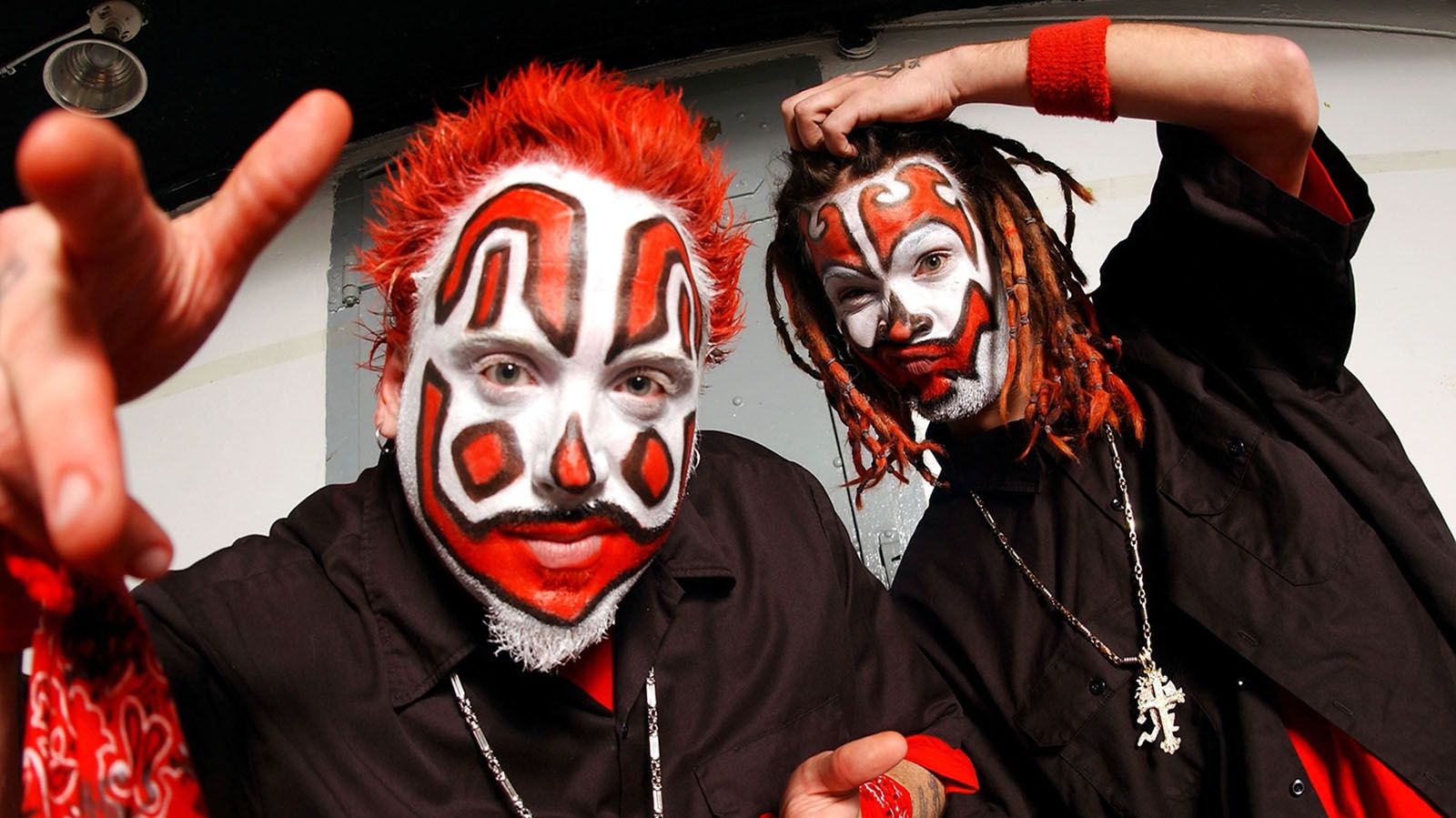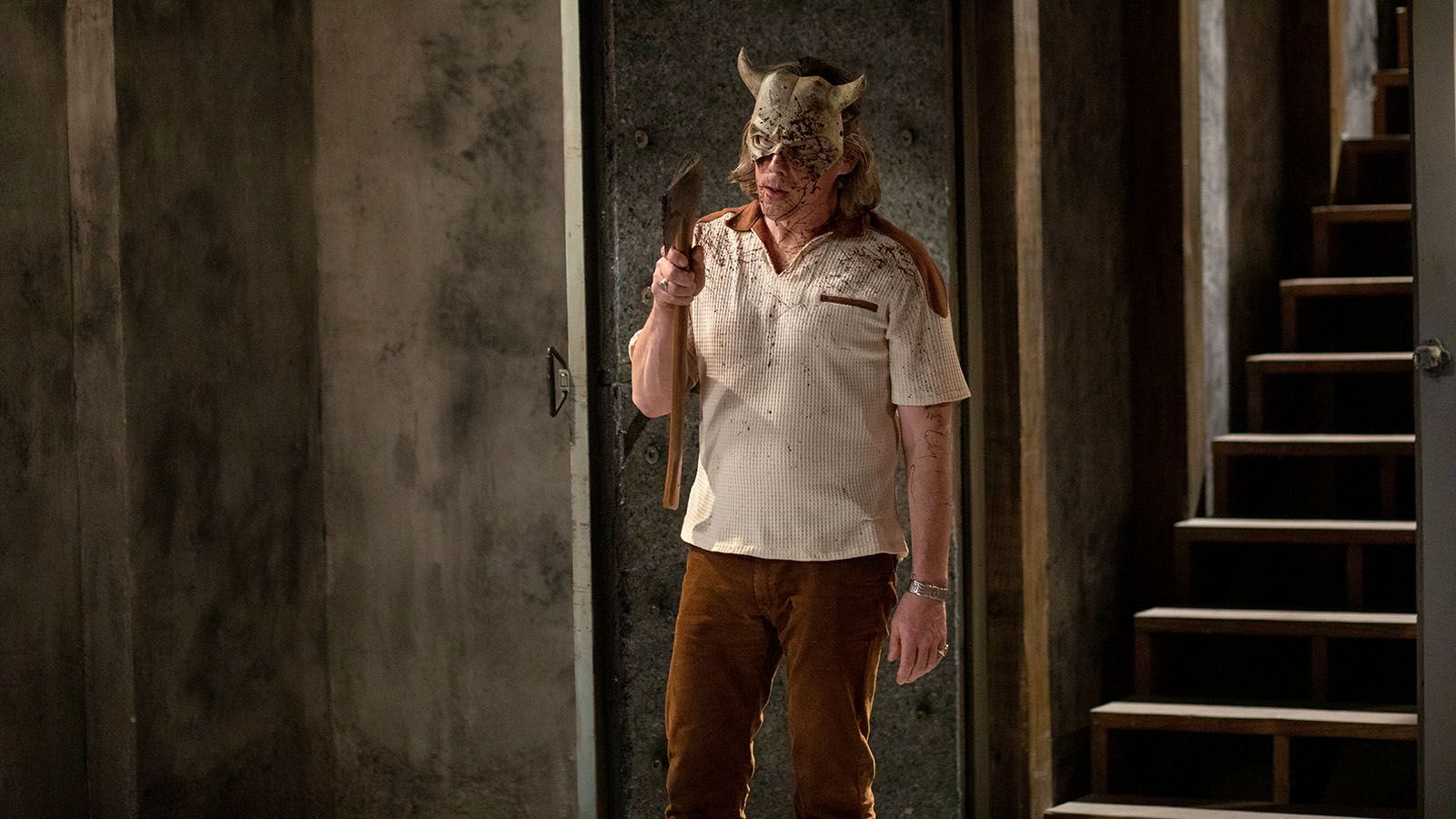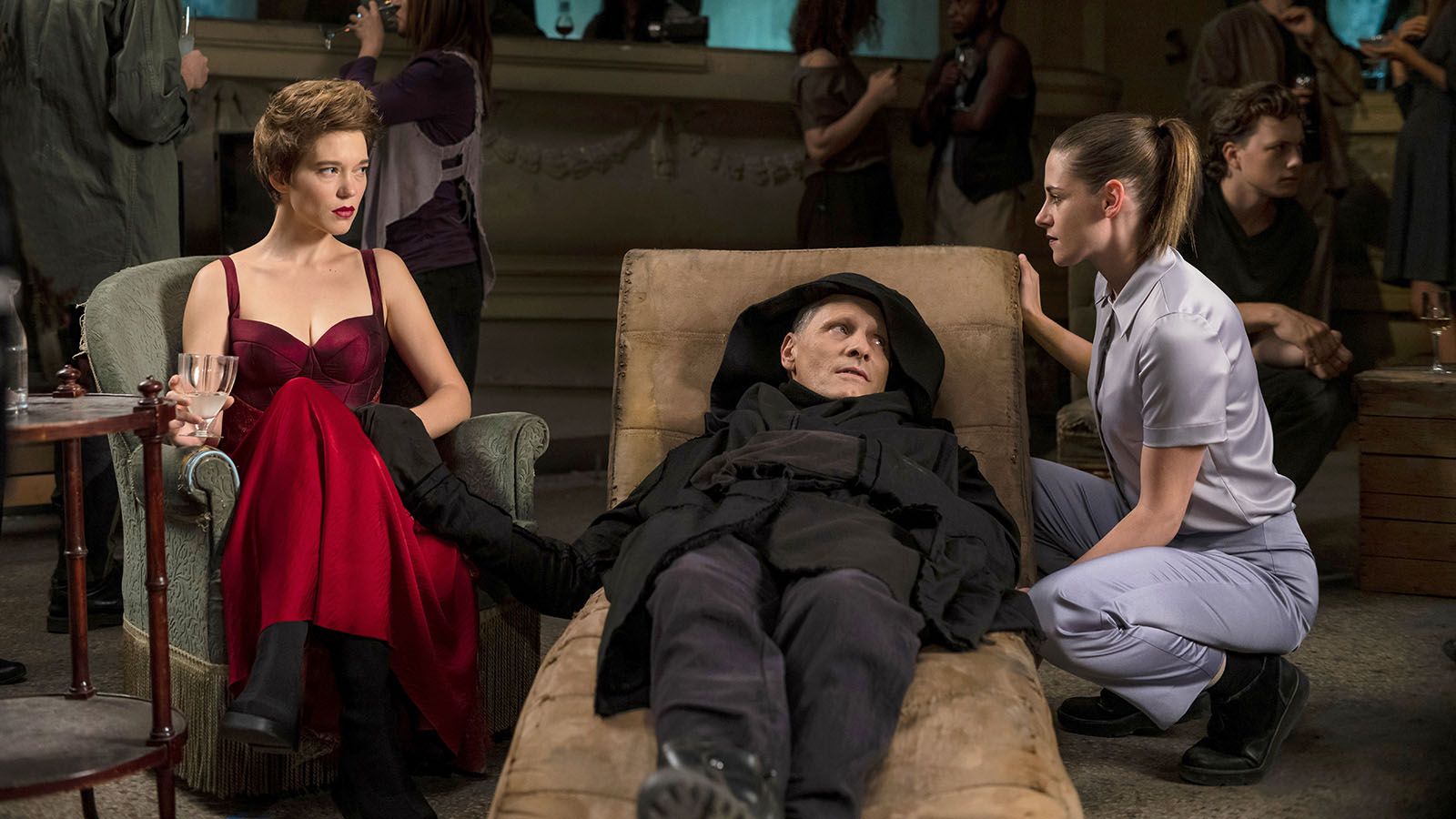In 1983, Quiet Riot became the first heavy metal band to reach No. 1 on the Billboard Top 200 album chart with Metal Health, powered by a cover of Slade’s “Cum On Feel the Noize.” That achievement helped pave the way for a generation of like-minded bands that would eventually dominate radio and television airwaves for the better part of a decade.
Now, 39 years later, the band that was formed in Los Angeles will celebrate their legacy when they visit the Three Rivers Festival on July 15, with local opening acts Cougar Hunter and The Illegals.
Familar face
As with a lot of bands from the ’80s hard rock era, Quiet Riot have gone through their share of lineup changes over the years, the last coming as a result of founding member Frankie Banali’s death last year. Before he passed away, Banali asked another original member and longtime friend, bassist Rudy Sarzo, to rejoin the band and keep the Quiet Riot name alive in his place. Sarzo did just that in November, enthusiastically grabbing the reins.
Sarzo’s history with Quiet Riot is a long one, as he first played with the band in 1978, was a main part of the Metal Health era, and served another stint from 1997-2003, only leaving when they disbanded for a short time.
In a recent Whatzup interview, Sarzo said that when he initially joined the band, it was the first time he had found other musicians with a collective consciousness, meaning they all listened to the same music and wanted to obtain the same goals with their careers.
“So, coming back to that same consciousness, there is a definite perception within the music that we made that this is who we really are as individuals and as a band,” he said. “To be back in Quiet Riot is like coming home, and is a real blessing.”
Helping create the scene
1980s hard rock owes a lot to the Hollywood Sunset Strip, a place where some of the bands of that era, like Quiet Riot, Poison, Mötley Crüe and Guns N’ Roses, called home at one time or another, but Sarzo said the success of the scene goes deeper than that, as Quiet Riot members played an important role during the early years as well.
At the suggestion of former Quiet Riot guitarist Randy Rhoads, Ozzy Osbourne hired Sarzo in 1981 to play in his touring band during the “Blizzard of Ozz” tour, supporting Osbourne’s second solo album.
For that tour, Osbourne brought English bands Def Leppard and Motorhead to the United States as support acts, introducing both bands to thousands of new fans. Those bands were a part of the scene that was bubbling up in the U.K. and the rest of Europe, Sarzo said, before they broke big in the United States.
“So, to me, it was just a continuation,” Sarzo said. “What I find really interesting is the fact that it took Randy Rhoads to leave Quiet Riot and the Sunset Strip to go join Ozzy and make those two legendary records, Blizzard of Ozz and Diary of a Madman, to then actually influence a whole generation of guitarists, most of whom played in bands on the Sunset Strip. I think the Ozzy tours we did really set the stage of what was to come.”
Handpicked lineup
Sarzo returns and takes his place at the head of a band that consists of musicians he had never played with, a fact that has drawn criticism from many fans. But, to hear Sarzo explain it, the current lineup makes a lot of sense to Quiet Riot’s legacy, and is also true to the wishes of late original members Banali and singer Kevin DuBrow.
“The main reason I am back in the band is because Frankie invited me, and I knew it was going to be a challenge emotionally,” Sarzo said. “But, if you look at the band, for example, Alex Grossi was picked by Kevin DuBrow when the band reformed about 20 years ago: He’s only the third Quiet Riot guitar player and he’s been there for a while now. Then you have (singer) Jizzy (Pearl), Kevin, and the whole band really loved (Pearl’s former band) Love/Hate. They really had a great relationship, so he was picked by Frankie to be the singer in the band. Then, when Frankie started getting chemo and could not perform anymore, he picked Johnny Kelly, who used to be the drummer with Danzig and Type O Negative. These guys are supposed to be here. It’s a band that the previous members handpicked, so I feel that we are honoring those choices.”
The setlist you are likely to hear at this Three Rivers Festival show will draw heavily from the band’s two most commercially successful releases, Metal Health and the follow-up album Condition Critical. But, Sarzo said, there will likely be a few unexpected songs thrown in for good measure.
“There’s some surprises here and there,” he said. “We honor the legacy of the members of the group as well. We play a Love/Hate song and, I don’t know, maybe at some point we might do some Type O Negative to honor Johnny Kelly, too.”
Whether or not fans think the band should have continued after Banali’s death, there is no doubt Sarzo is keeping the name alive for the right reasons.
“For the very first time, and I’ve been doing this for 40-plus years, I actually have a mission when I leave my house,” he said. “My mission is to go on stage and celebrate the legacy and the memory of Frankie Banali, Randy Rhoads, and Kevin DuBrow. When I say legacy, I mean the total legacy of Quiet Riot. We just keep going out there and we are having a blast. When I get off the stage I am very, very fulfilled and grateful to have been able to celebrate that legacy. It’s a celebration is what it is.”
 Submit Your Event
Submit Your Event